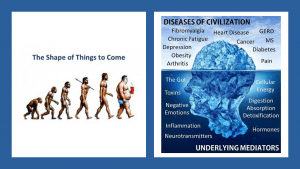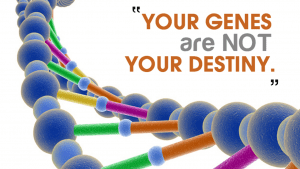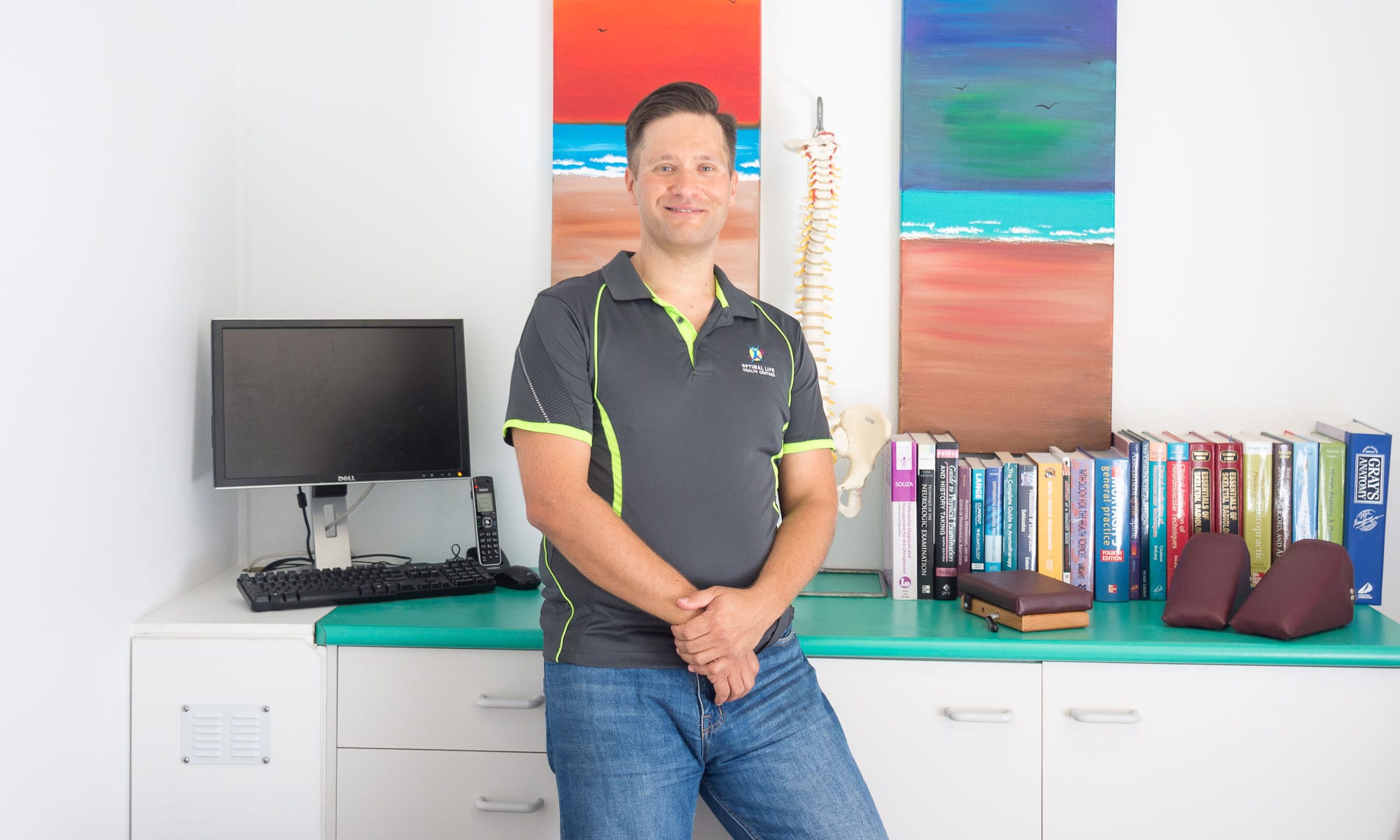We know that how we feel impacts our mental state. What is now clearly proven and has been repeatedly shown are the nerve pathways in the brain that allow either good, happy thoughts (internal dialogue) or their opposite directly affect body-wide physiology – from organ function to so much more.
The principle of Vibrant Life Key #4: Thinking & Feeling is built on the now strongly-supported concept (something that we’ve pretty much always known through common sense) that your mind can affect your body function, AND that we have conscious control of this!
We have known for years that the power of our mind can have profound influence over our health and wellbeing – both promoting positive outcomes, and also being able to lead to negative ones too.
There are too many examples to mention, but what is exciting is we now understand some of the major ‘pathways’ or circuits in the brain for how this occurs.
The scientific field of psycho (of the mind) neuro (nerve/brain function) physiology (control of body function) has developed to research and explain these control mechanisms.
The pathways uncovered by psychoneurophysiology clearly show how negative and positive thoughts, internal dialogue, beliefs and more can influence our physiology (body function).
The top front part of our conscious brain, the bit that lets us reason and plan and ‘think’ about things has two parts, left and right.
The left part can immediately slow down or even completely stop the stress reaction from playing out in the rest of the body by the chemicals it releases directly into the stress and anxiety centre of the brain (amygdala).
This is what happens when we think positive, empowering thoughts, or engage in remembering positive and happy memories. Through this somewhat simple pathway, a whole cascade of other changes toward homeostasis (resulting in our definition of health!) occur – from the locus ceruleus, hypothalamus, pituitary gland through to the adrenal glands distant from the brain.
What is true of any brain function is that the more we ‘use’ these pathways, the more they ‘grow’ and become used to working – they become more likely to ‘fire’ as the brain develops the circuits through repetitive use.
Wiring and firing the positive pathway only happens by actively using it.
Of course the opposite is also true.
In this case it is the right front area of the brain that sends different chemicals to the amygdala and can as a result ‘ramp up’ the stress response, making it worse, maintaining it for longer, or even just beginning a stress response by what we are thinking, feeling or remembering. This is the ability to initiate or depress the stress reaction, decribed in the above linked article.
Once again, if this is our predominant conscious experience, this pathway ‘grows’ and can then work more quickly and efficiently – such that a more pessimistic outlook and/or a preparedness to consistently react in a more negative way can maintain or more easily begin a stress reaction in the body.













